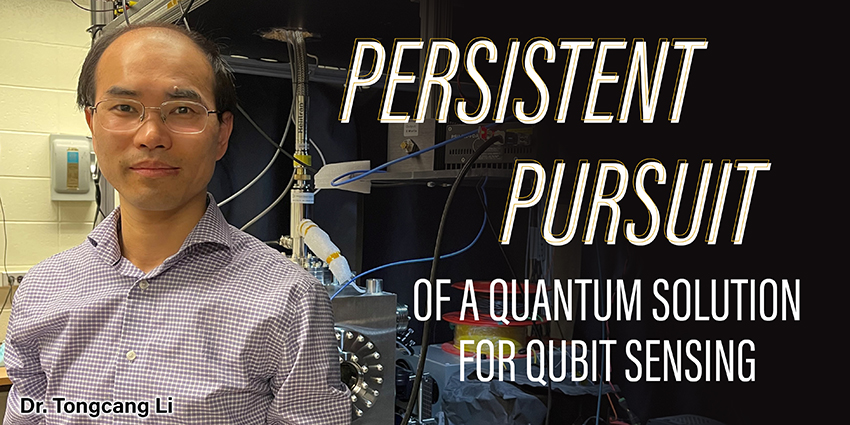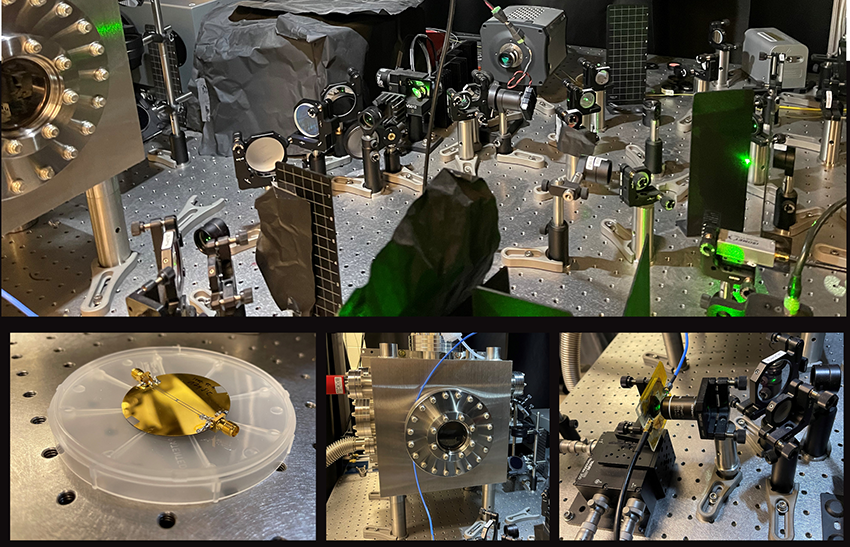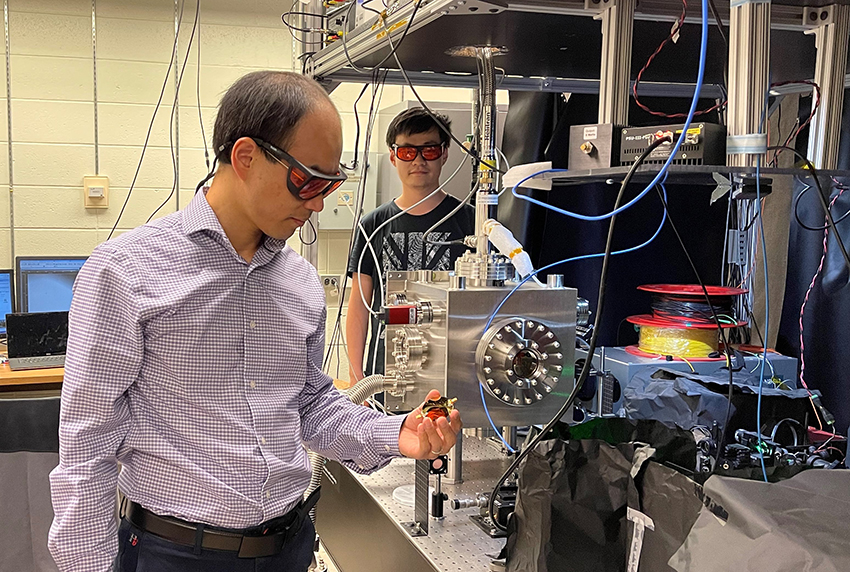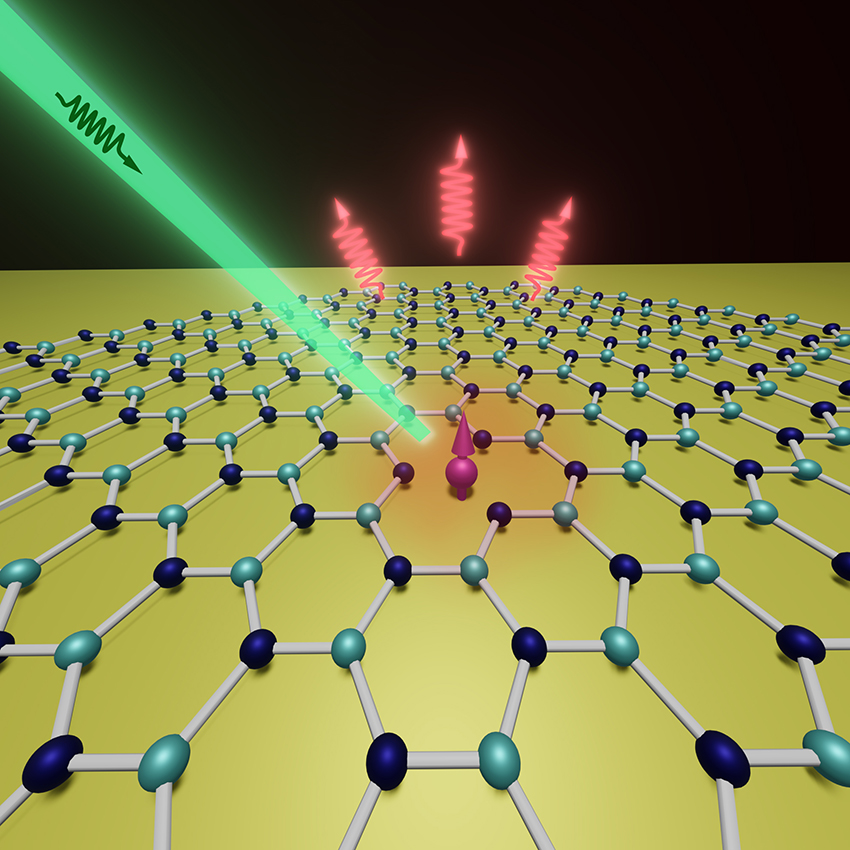Taking Purdue Gold to a whole new level
2021-09-02

Purdue researchers use gold film to enhance quantum sensing with qubits in a 2D material
Quantum sensing is being used to outpace modern sensing processes by applying quantum mechanics to design and engineering. These optimized processes will help beat the current limits in processes like studying magnetic materials or studying biological samples. In short, quantum is the next frontier in sensing technology.
As recently as 2019, spin defects known as qubits were discovered in 2D materials (hexagonal boron nitride) which could amplify the field of ultrathin quantum sensing. These scientists hit a snag in their discovery which has unleashed a scientific race to resolve the issues. Their sensitivity was limited by their low brightness and the low contrast of their magnetic resonance signal. As recently as two weeks ago on August 9, 2021, Nature Physics published an article titled “quantum sensors go flat,” where they highlighted the benefits and also outlined current shortfalls of this new and exciting means of sensing via qubits in 2D materials.
A team of researchers at Purdue took on this challenge of overcoming qubit signal shortcomings in their work to develop ultrathin quantum sensors with 2D materials. Their publication in Nano Letters was published today, September 2, 2021, and they have solved some of the critical issues and yielded much better results through experimentation.

What did they do differently? Dr. Tongcang Li, Associate Professor of Physics and Astronomy and Electrical and Computer Engineering, explains that gold film helped with this breakthrough.
“In our work, we used a gold film to increase the brightness of spin qubits by up to 17-fold,” Li says. “The gold film supports the surface plasmon that can speed up photon emission so we can collect more photons and hence more signals. In addition, we improved the contrast of their magnetic resonance signal by a factor of 10 by optimizing the design of a microwave waveguide. As a result, we substantially improved the sensitivity of these spin defects for detecting magnetic field, local temperature, and local pressure.”
This research was conducted entirely at Purdue University and was collaborative across multiple departments. All twelve authors on this paper are from Purdue University: Xingyu Gao, Boyang Jiang, Andres E. Llacsahuanga Allcca, Kunhong Shen, Mohammad A. Sadi, Abhishek B. Solanki, Peng Ju, Zhujing Xu, Pramey Upadhyaya, Yong P. Chen, Sunil A. Bhave, and Tongcang Li. The first author, Xingyu Gao, is a graduate student working in Li’s laboratory.

“This paper documents results from the collaboration between Prof. Sunil A. Bhave, Prof. Yong P. Chen, Prof. Pramey Upadhyaya, and my research group,” says Li. “The collaborative atmosphere at Purdue is crucial for us to produce these results quickly.”
In this experiment, the group applied a green laser and a microwave onto these spin qubits in a 2D material. The material will then emit photons with different colors (red and near-infrared) under the illumination of a green laser. The rate of photon emission depends on the magnetic field, temperature, and pressure. Therefore, the brightness of these spin qubits will change when the magnetic field, temperature, or pressure changes. Thus, they were able to accurately measure the magnetic field with high sensitivity.
In the future, the group plans to use these spin qubits to study novel materials. They also hope to improve the signal further so that a single spin qubit in a 2D material may be used for quantum sensing with unprecedented sensitivity and resolution.

Source: Tongcang Li, Associate Professor of Physics and Astronomy and Electrical and Computer Engineering
Writer: Cheryl Pierce